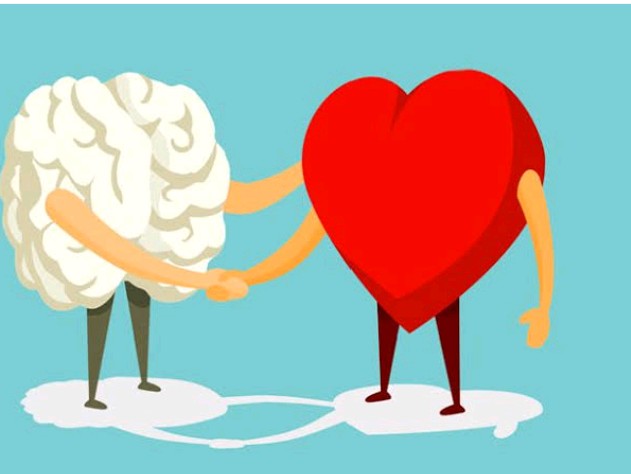Social-emotional learning (SEL) is the process of developing the self-awareness, self-control, and interpersonal skills that are vital for school, work, and life success.
People with strong social-emotional skills are better able to cope with everyday challenges and benefit academically, professionally, and socially. From effective problem-solving to self-discipline, from impulse control to emotion management and more, SEL provides a foundation for positive, long-term effects on kids, adults, and communities.
Children thrive. Schools win. Workplaces benefit. Society strengthens. All due to social-emotional learning.
Social-emotional learning (SEL) helps improve kids’ academic performance, curtail bullying, reduce dropout rates, and build character.
Well-implemented SEL programs positively affect students’ success in school. Studies show that social-emotional skills—such as problem-solving, self-regulation, impulse control, and empathy—help improve academics, reduce negative social behaviors like bullying, and create positive classroom climates.
Social-emotional skills also help kids successfully manage everyday life. They help students focus, make good decisions, and become supportive members of their community well beyond school.
The impact of social-emotional learning, or SEL, is increasingly recognized around the world to positively affect individuals and communities.
Life skills like emotion management, problem-solving, making responsible decisions, self-regulation skills, and maintaining healthy relationships help to create a well-functioning, compassionate society. Similar to emotional intelligence (a concept used outside of school settings), these skills enable people to adapt, be resourceful, and work well with others, and they’re all taught in SEL programs.
Research shows that early and continued SEL instruction can be highly beneficial for kids and adults. Its long-lasting effects help lower rates of depression and anxiety and decrease risky behavior such as drug use and drop-outs, and can reduce violent behavior and criminality.
